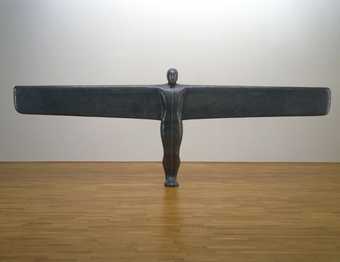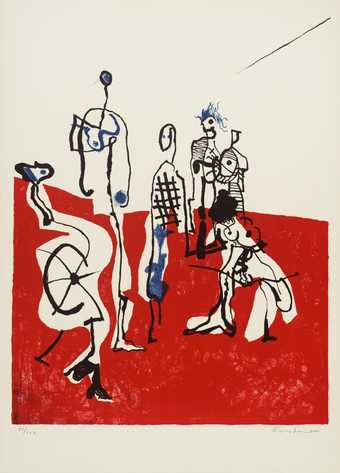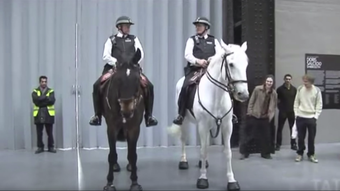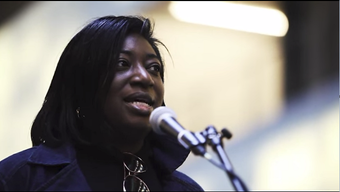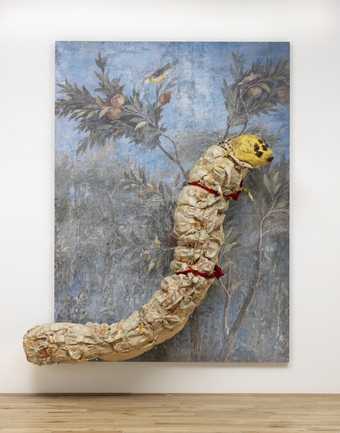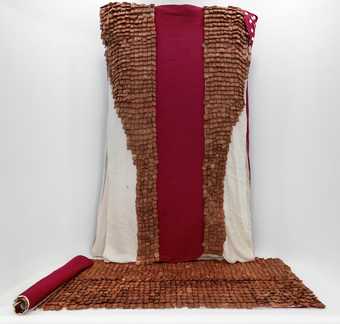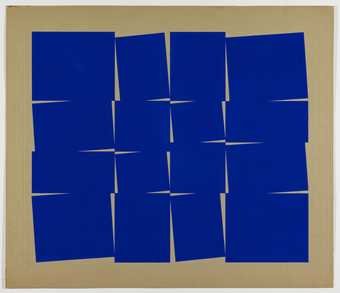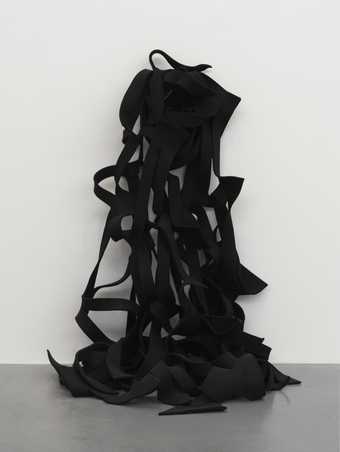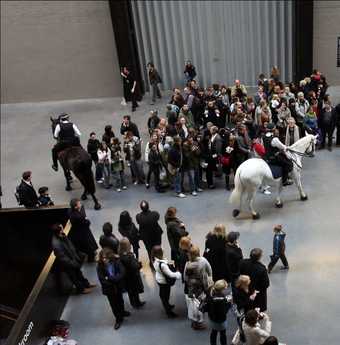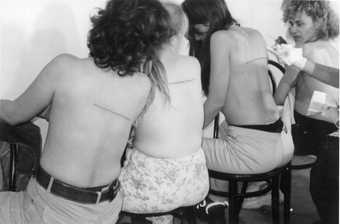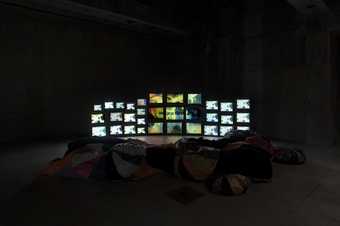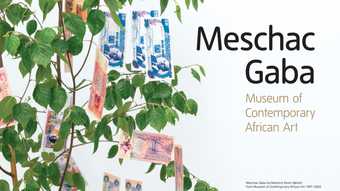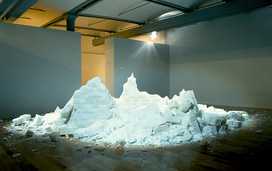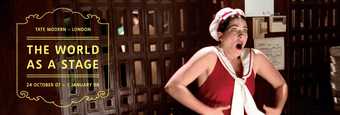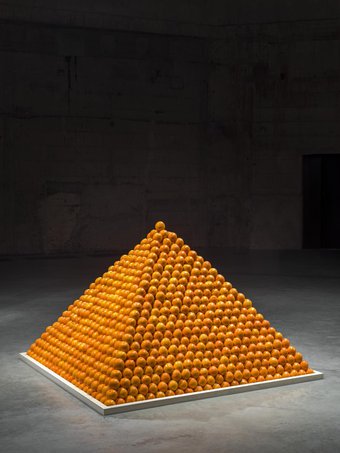
Roelof Louw
Soul City (Pyramid of Oranges)
(1967)
Tate
In this respect, the artist is seen as a collaborator and a co-producer of the situation (with the audience), and these situations can often have an unclear beginning or end.
Participatory art has its origins in the futurist and dada performances of the early twentieth century, which were designed to provoke, scandalise and agitate the public. In the late 1950s the artist Allan Kaprow devised performances called happenings, in which he would coerce the audience into participating in the experience. The French film-maker and writer Guy Debord, founder of situationism, also promoted a form of participatory art in that he wished to eliminate the spectator’s position by devising industrial paintings: paintings created en masse. The contemporary artist Monster Chetwynd relies entirely on willing participants to create her performances, as does the activist artist Tania Bruguera. In her work Surplus Value, participants were asked to wait in line and then randomly selected into those who could enter the work and others who were submitted to lie detector tests, in order to highlight the problems of immigration.

